Introduction about Suicide Prevention Programs
- Suicidal thoughts in age groups (MOH, 2010) • 18 – 21: 4.4% • 14 – 17: 4.1% • 22 – 25: 3.8%
+ Suicidal thoughts and attempts appear the most in Dien Bien due to pressures around school drop-out and early marriage (Truong, 2017, UNICEF Vietnam) - Vietnamese youth attempted suicide: increased by 6.9% after a decade
- “The real suicide rate in Vietnam is still unknown, because the number of deaths reported by the Ministry of Health is based only on hospital data. However, most suicides occur outside the hospital system. There is no national system to monitor causes of death, including suicide, in Vietnam.” (Tran and Pham, 2009)
- Mental disorders: 9.4% of the investigated suicide patients in hospital age 10 – 19 have mental illness (Ngo and Do, 2023) Depression
“Students with depressive symptoms have a 6.64 times higher risk of suicidal ideation” (Tran et al., 2020)
31.7% of students aged between 13 – 17 had depressive symptoms (Tran et al., 2020)
- Gender:
71.9% of the investigated suicide patients in hospital who aged 10 – 19 were female (Ngo and Do, 2023)
“with women almost twice as likely in some studies to have suicidal ideation compared with males (Blum et al., 2012; Huong, 2009; Thanh et al., 2005; MOH, 2005; MOH et al., 2010).” (UNICEF Vietnam, 2017)
- Living environment:
Family (ref. Ngo & Do, 2023)
53.1% of adolescents who died by suicide were living with parents
59.4% of adolescents who died by suicide have parents with a challenged relationship with each other.
68.7% of adolescents who died by suicide have conflicts with their parents School:
46.9% of adolescents“Academic pressure, romantic relationships, bullying, school connectedness and school location were all risk factors for suicidal ideation. As a result of a highly competitive school environment, children felt pressure from teachers, parents and peers to excel academically”; (UNICEF Vietnam, 2017)who died by suicide have good to very good academic ability (Ngo and Do, 2023)
Location(urban/rural):
“In the SAVY II findings (MOH, 2010), for instance, more urban (5.4%) than rural youth (3.6%) had thoughts of suicide, and younger cohorts were more likely to report suicidal ideation”; (UNICEF Vietnam, 2017)
78.1% of adolescentswho died by suicide lived in urban areas
(Ngo and Do, 2023)
- Since the rate of suicide in Vietnam held low, there are ot many actions taken place to prevent suicide
- There are hotlines that people can call to share about their problems. For children, they can call 111 to ask for help. Hotlines like this can help people reduce stress & lower the probability of them developing depression – a key risk factor of suicide
- Vietnam has also informed its citizens via various websites to raise people’s awareness of suicide (such as symptoms of someone intending to commit suicide, guidelines for those who try to help suicidal people, etc.)
In the private sector, there are more and more mental health improvement groups and organizations operating in Vietnam and by the Vietnamese. Some of them have started discussing suicide and suicide prevention, especially among adolescents and young adults. Below are some links to such organizations.
https://www.hopefulhorizons.org/
https://www.reach.edu.vn/about-us.html
Suicide Prevention Programs in the world
Suicide Prevention Programs vary significantly from one country to another. These programs aim to reduce the risk of suicide & provide support to individuals who may be struggling with suicidal thoughts or behaviors. Here is a general summary of common components & strategies used in suicide prevention programs worldwide.
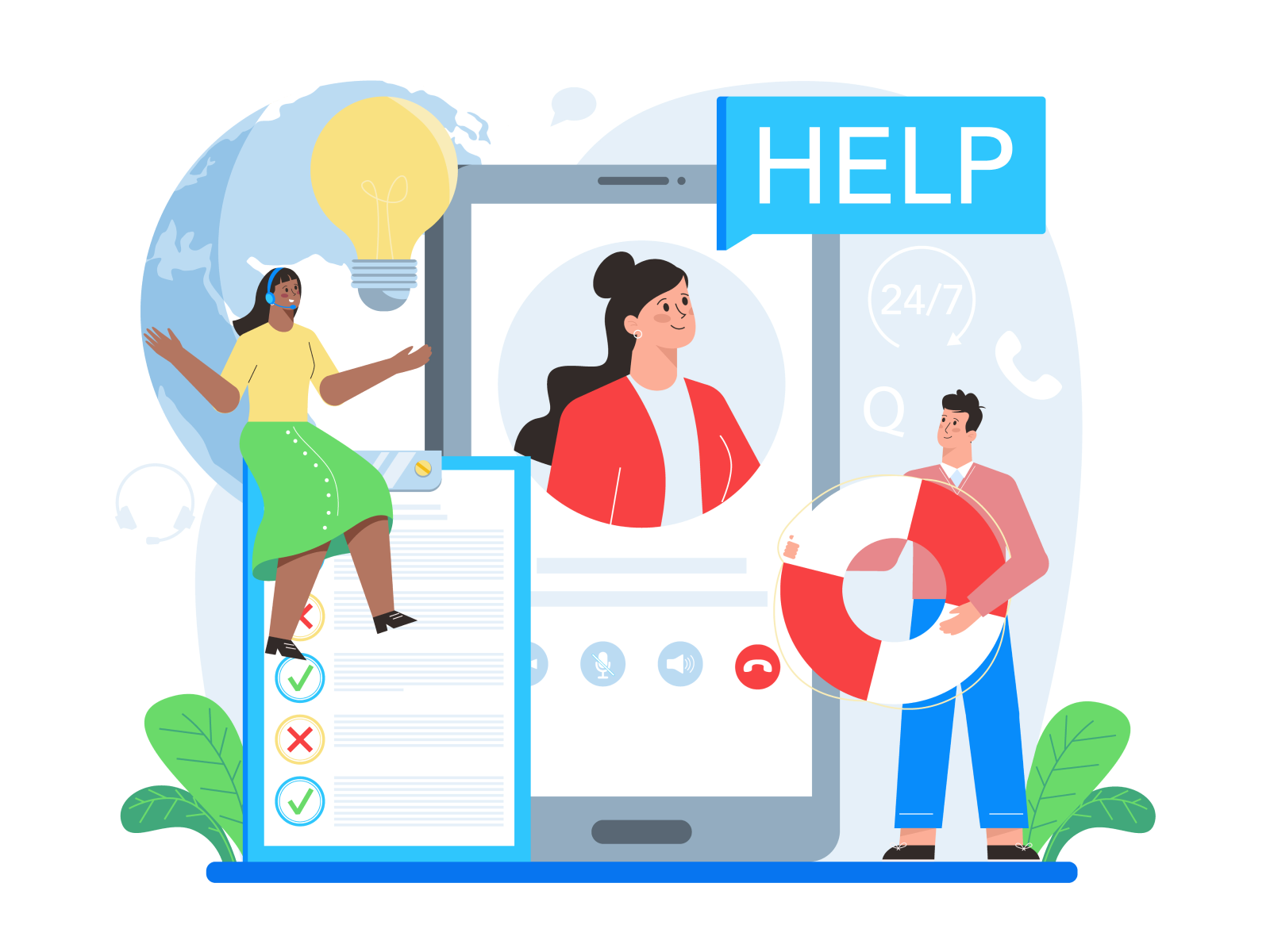
Crisis Helplines

Education and Awareness
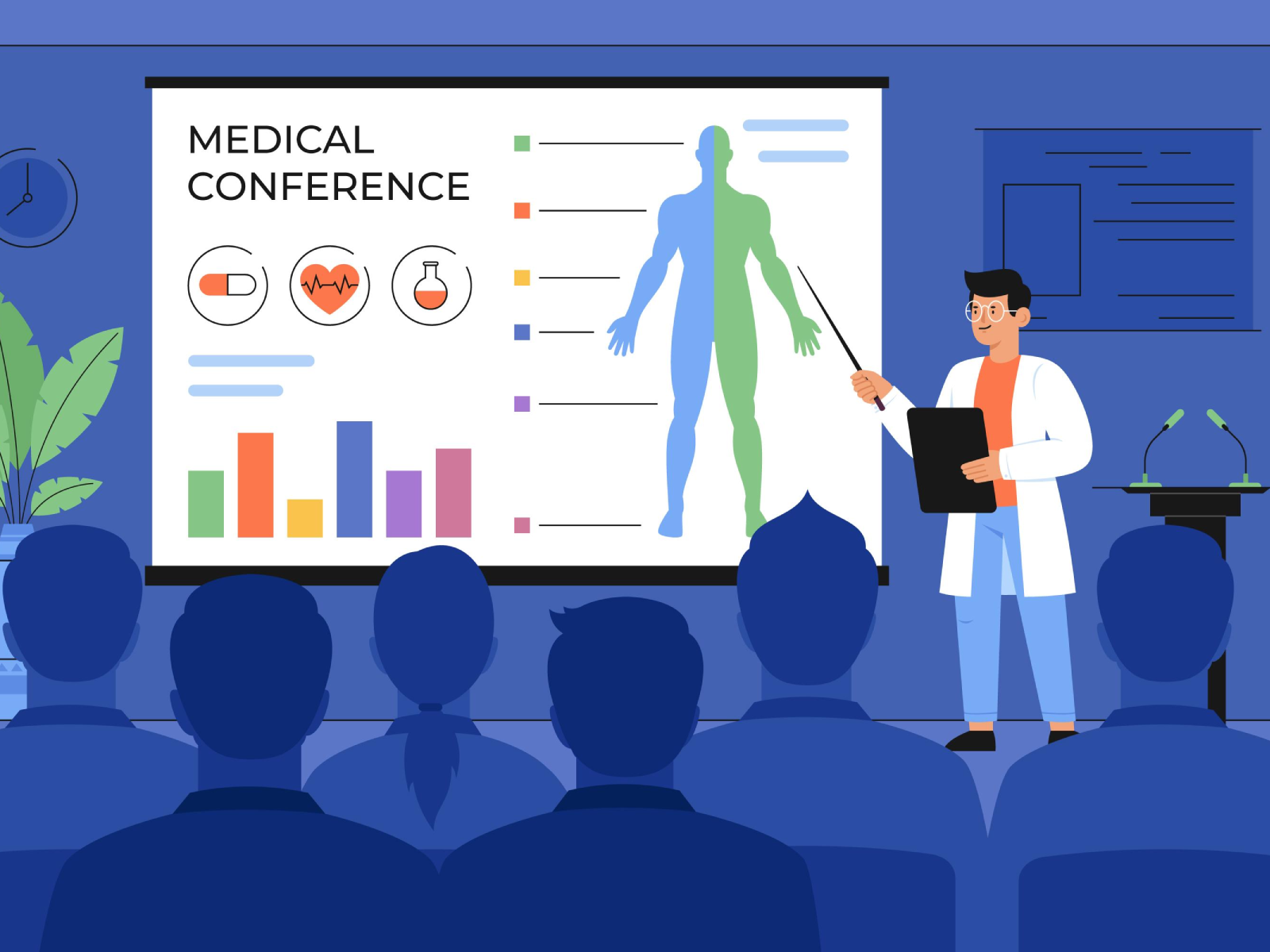
Training for Healthcare Professionals

Gatekeeper Training

Mental Health Services

Community-Based Initiatives:

Restricting Access to Lethal Means

Media Guidelines:

Research and Data Collection
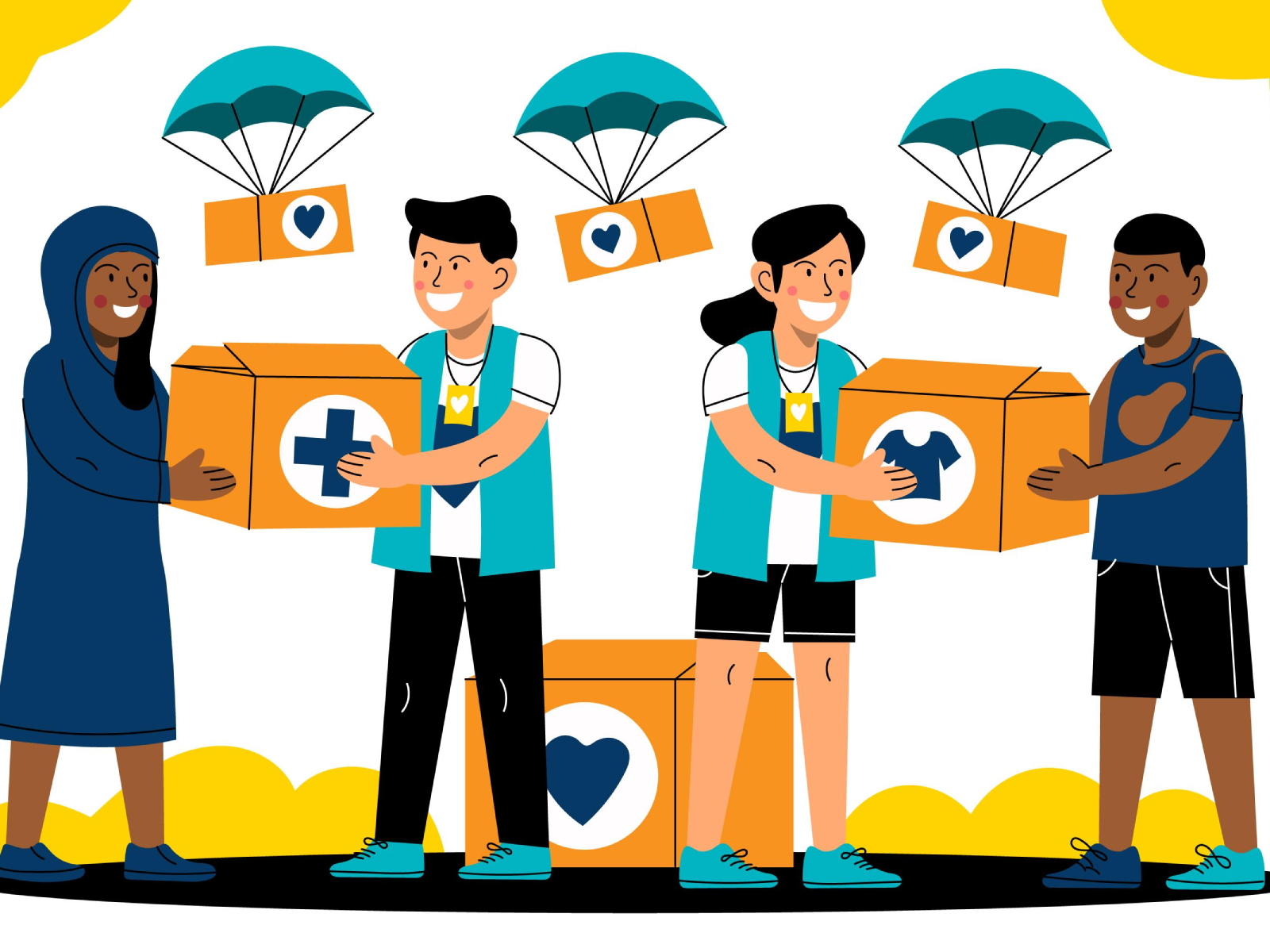
Support for At-Risk Populations

Online and Text-Based Support
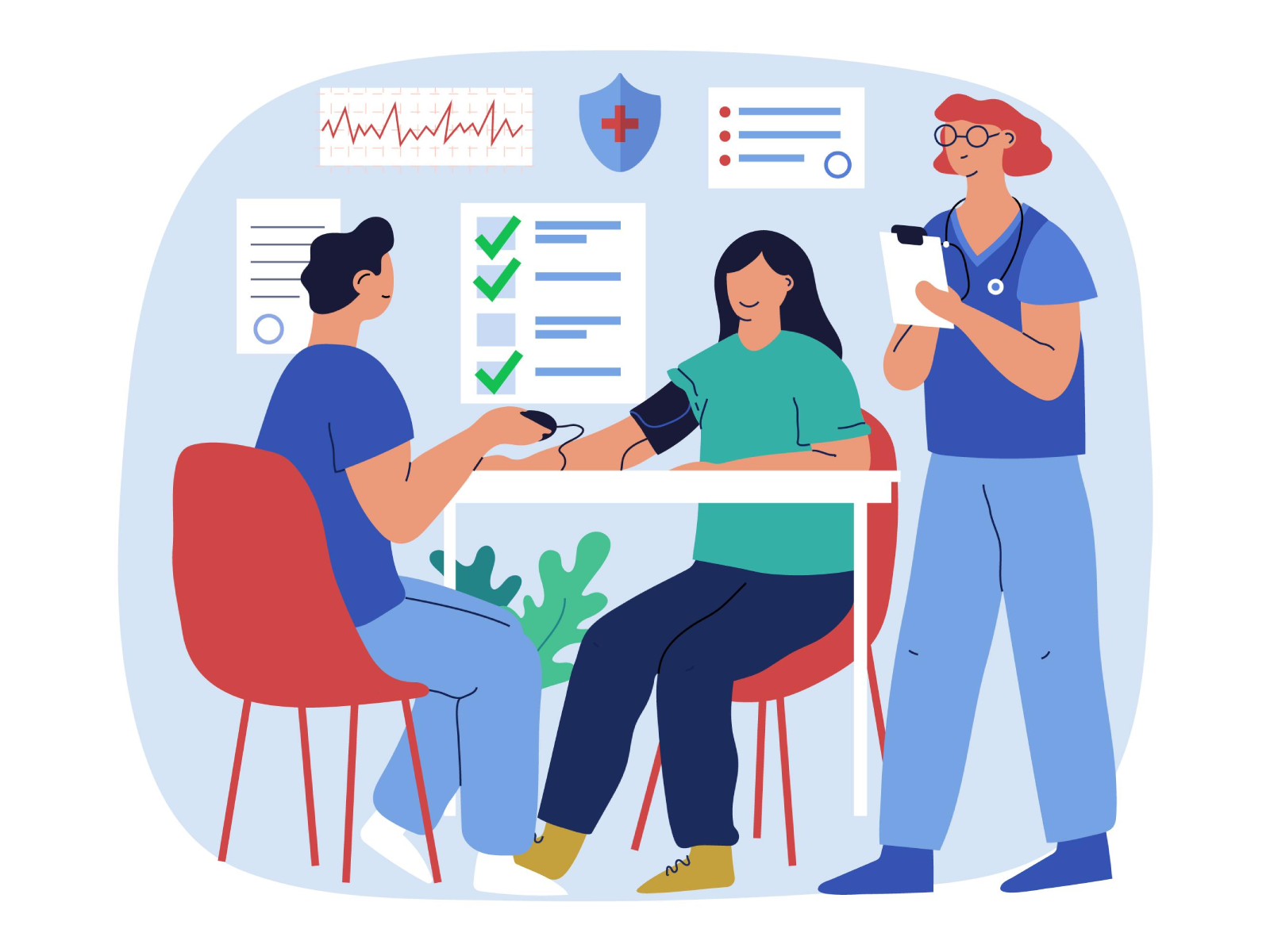
Postvention Programs

Policy & Legislation

Gate-keeper Training Programs
Gatekeeper training programs are designed to teach individuals who are not mental health professionals to recognize the warning signs of someone at risk of suicide and to take appropriate action. These programs are crucial in suicide prevention efforts. Some well-known gatekeeper training programs include:

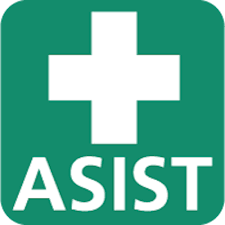
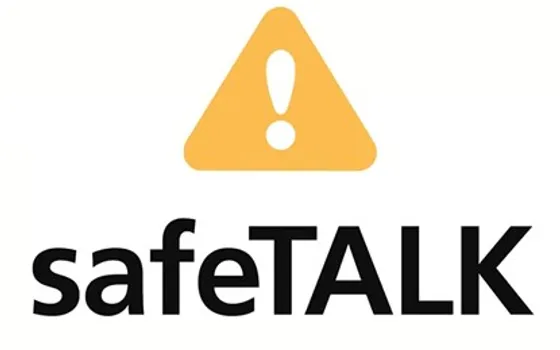
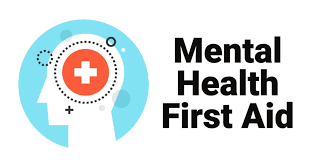
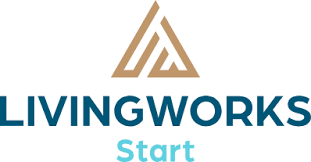

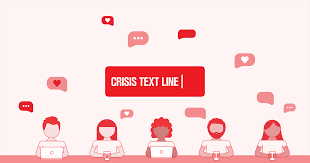
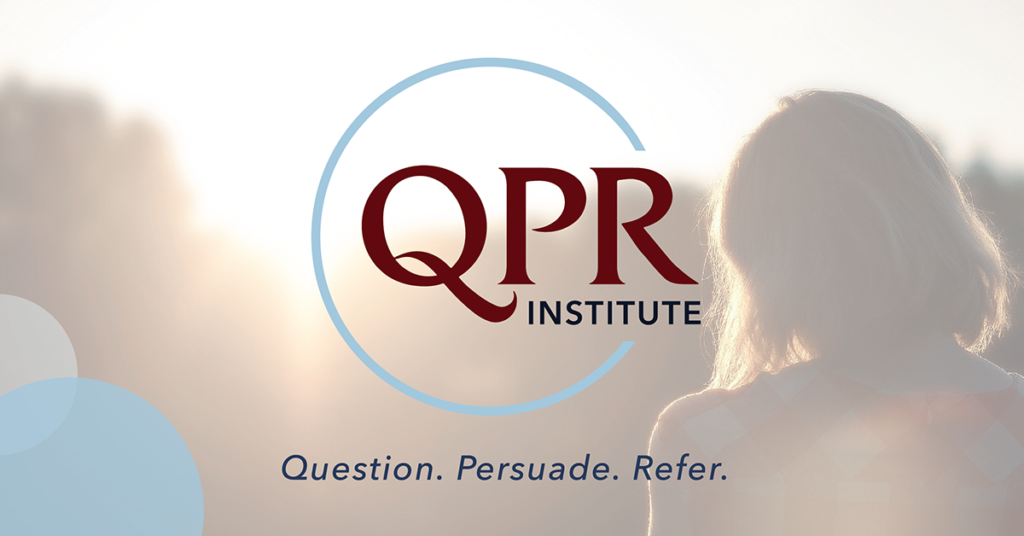
“Suicide and self-inflicted injuries represent a significant public health problem. For community-based suicide prevention programs, theory-driven research on Gatekeeper training and its effectiveness remains limited. This paper describes the QPR Gatekeeper Training for Suicide Prevention program, its theoretical basis, the three-step CPR-like intervention and implications for the detection of new, untreated at-risk cases in defined communities. QPR stands for how to Question, Persuade and Refer someone emitting suicide warning signs. The QPR intervention is contextualized within the published literature on brief but beneficial public health and clinical interventions and anchored in several theories of human communications. Available in face-to-face or online training, more than 2.5 million QPR gatekeepers have been trained to date. With further research, QPR may prove a useful recognition-and-referral public health educational intervention in the prevention of suicide and suicide attempts, and may emerge into a more broadly used intervention for non-suicidal persons sending detectable distress signals“.
QPR Gatekeeper Training for Suicide Prevention – The Model, Theory and Research © Paul Quinnett, Ph.D. – QPR Institute 2012
We have 2 certified QPR Instructors in Vietnam. QPR Gatekeeper Training Calendar will be updated soon.
Contact us for more details.
Current situation in Vietnam
- Suicidal thoughts in age groups (MOH, 2010) • 18 – 21: 4.4% • 14 – 17: 4.1% • 22 – 25: 3.8%
+ Suicidal thoughts and attempts appear the most in Dien Bien due to pressures around school drop-out and early marriage (Truong, 2017, UNICEF Vietnam) - Vietnamese youth attempted suicide: increased by 6.9% after a decade
- “The real suicide rate in Vietnam is still unknown, because the number of deaths reported by the Ministry of Health is based only on hospital data. However, most suicides occur outside the hospital system. There is no national system to monitor causes of death, including suicide, in Vietnam.” (Tran and Pham, 2009)
- Mental disorders: 9.4% of the investigated suicide patients in hospital age 10 – 19 have mental illness (Ngo and Do, 2023) Depression
“Students with depressive symptoms have a 6.64 times higher risk of suicidal ideation” (Tran et al., 2020)
31.7% of students aged between 13 – 17 had depressive symptoms (Tran et al., 2020)
- Gender:
71.9% of the investigated suicide patients in hospital who aged 10 – 19 were female (Ngo and Do, 2023)
“with women almost twice as likely in some studies to have suicidal ideation compared with males (Blum et al., 2012; Huong, 2009; Thanh et al., 2005; MOH, 2005; MOH et al., 2010).” (UNICEF Vietnam, 2017)
- Living environment:
Family (ref. Ngo & Do, 2023)
53.1% of adolescents who died by suicide were living with parents
59.4% of adolescents who died by suicide have parents with a challenged relationship with each other.
68.7% of adolescents who died by suicide have conflicts with their parents School:
46.9% of adolescents“Academic pressure, romantic relationships, bullying, school connectedness and school location were all risk factors for suicidal ideation. As a result of a highly competitive school environment, children felt pressure from teachers, parents and peers to excel academically"; (UNICEF Vietnam, 2017)who died by suicide have good to very good academic ability (Ngo and Do, 2023)
Location(urban/rural):
“In the SAVY II findings (MOH, 2010), for instance, more urban (5.4%) than rural youth (3.6%) had thoughts of suicide, and younger cohorts were more likely to report suicidal ideation"; (UNICEF Vietnam, 2017)
78.1% of adolescentswho died by suicide lived in urban areas
(Ngo and Do, 2023)
- Since the rate of suicide in Vietnam held low, there are ot many actions taken place to prevent suicide
- There are hotlines that people can call to share about their problems. For children, they can call 111 to ask for help. Hotlines like this can help people reduce stress & lower the probability of them developing depression - a key risk factor of suicide
- Vietnam has also informed its citizens via various websites to raise people's awareness of suicide (such as symptoms of someone intending to commit suicide, guidelines for those who try to help suicidal people, etc.)
In the private sector, there are more and more mental health improvement groups and organizations operating in Vietnam and by the Vietnamese. Some of them have started discussing suicide and suicide prevention, especially among adolescents and young adults. Below are some links to such organizations.
https://www.hopefulhorizons.org/
https://www.reach.edu.vn/about-us.html
Suicide Prevention Programs in the world
Suicide Prevention Programs vary significantly from one country to another. These programs aim to reduce the risk of suicide & provide support to individuals who may be struggling with suicidal thoughts or behaviors. Here is a general summary of common components & strategies used in suicide prevention programs worldwide.

Crisis Helplines

Education and Awareness

Training for Healthcare Professionals

Gatekeeper Training

Mental Health Services

Community-Based Initiatives:

Restricting Access to Lethal Means

Media Guidelines:

Research and Data Collection

Support for At-Risk Populations

Online and Text-Based Support

Postvention Programs

Policy & Legislation

Gate-keeper Training Programs
Gatekeeper training programs are designed to teach individuals who are not mental health professionals to recognize the warning signs of someone at risk of suicide and to take appropriate action. These programs are crucial in suicide prevention efforts. Some well-known gatekeeper training programs include:








“Suicide and self-inflicted injuries represent a significant public health problem. For community-based suicide prevention programs, theory-driven research on Gatekeeper training and its effectiveness remains limited. This paper describes the QPR Gatekeeper Training for Suicide Prevention program, its theoretical basis, the three-step CPR-like intervention and implications for the detection of new, untreated at-risk cases in defined communities. QPR stands for how to Question, Persuade and Refer someone emitting suicide warning signs. The QPR intervention is contextualized within the published literature on brief but beneficial public health and clinical interventions and anchored in several theories of human communications. Available in face-to-face or online training, more than 2.5 million QPR gatekeepers have been trained to date. With further research, QPR may prove a useful recognition-and-referral public health educational intervention in the prevention of suicide and suicide attempts, and may emerge into a more broadly used intervention for non-suicidal persons sending detectable distress signals“.
QPR Gatekeeper Training for Suicide Prevention – The Model, Theory and Research © Paul Quinnett, Ph.D. – QPR Institute 2012
